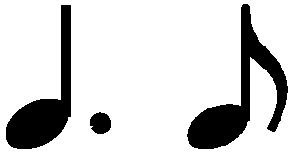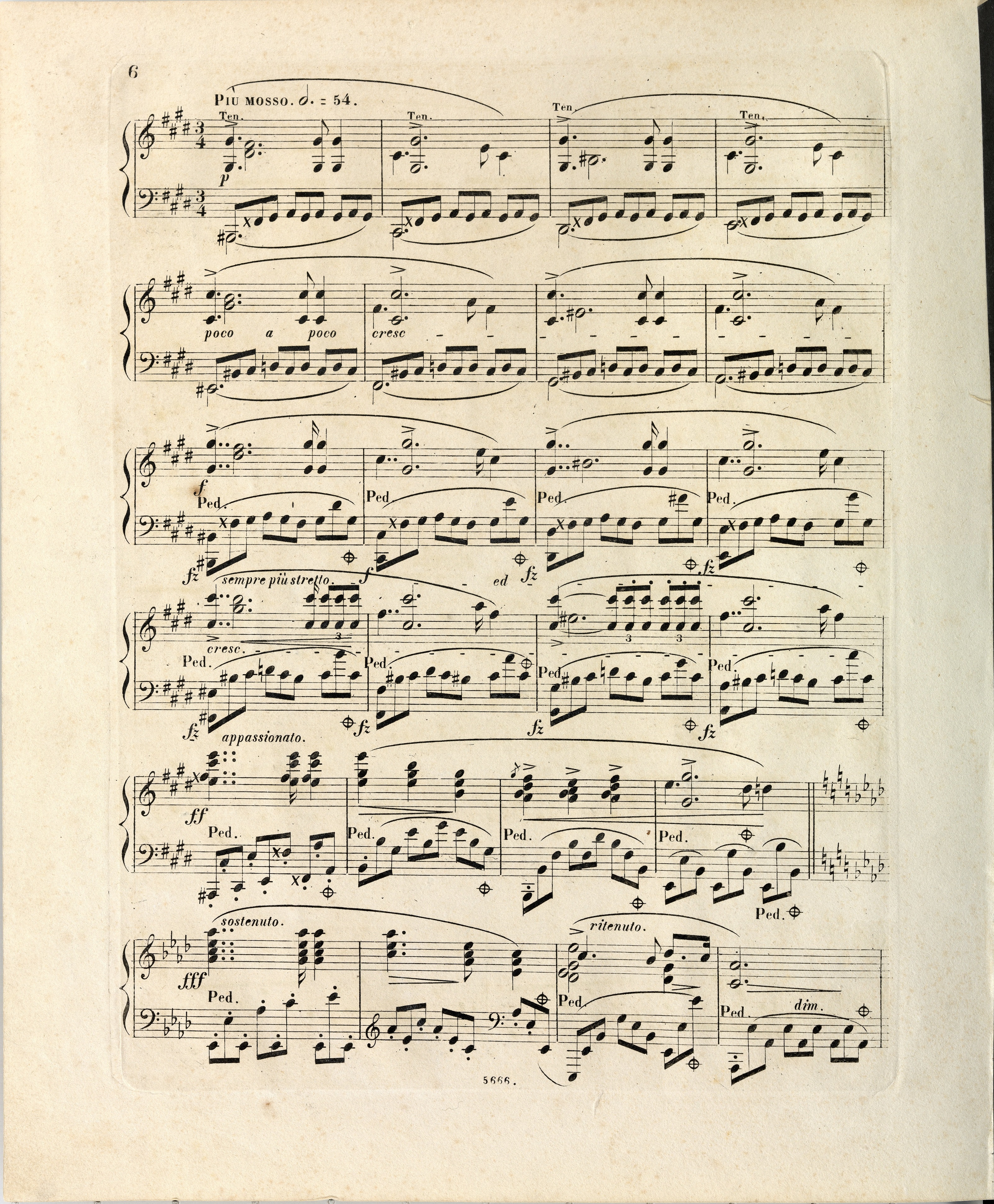



Page:
Source:
p. 6, b. 29-52
GE1 - First German Edition
Prezentacja
Select

In GE (→FE) notes of the R.H. rhythm  are distributed in such a way that the quaver is aligned with the 6th L.H. note. In the editors' opinion, this probably does not reflect the notation of [A], and has no impact on the performance. In the main text, we apply the regular rhythmic notation, so did EE.
are distributed in such a way that the quaver is aligned with the 6th L.H. note. In the editors' opinion, this probably does not reflect the notation of [A], and has no impact on the performance. In the main text, we apply the regular rhythmic notation, so did EE.
Compare the passage in the sources»
category imprint: Interpretations within context; Differences between sources
issues: Inaccuracies in GE, Dotted rhythms and triplets
notation: Rhythm




